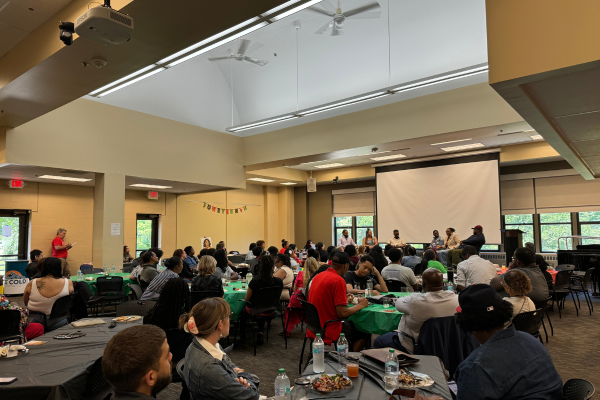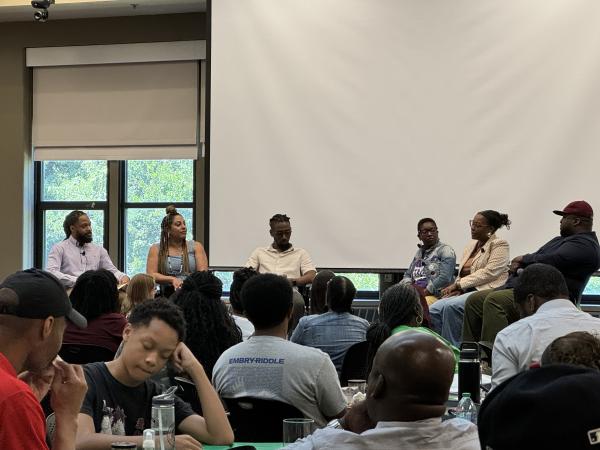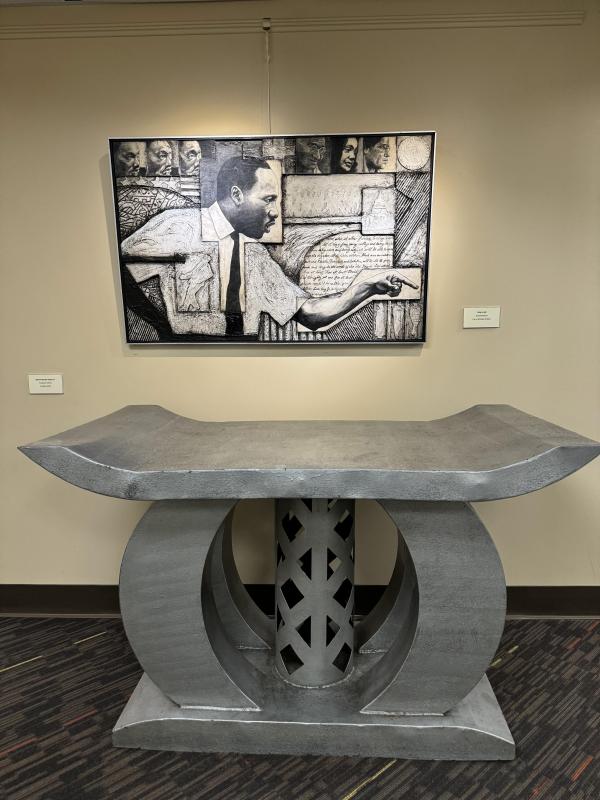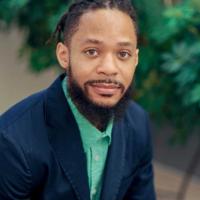Reflecting on the History of Juneteenth and Ohio State’s Frank W. Hale Black Cultural Center

The Emancipation Proclamation was signed in 1863 by President Abraham Lincoln, who proclaimed that the enslaved “are, and henceforward shall be free.” Now, why he did that is a conversation for another day, but it wasn’t until two years later on June 19, 1865 in Galveston, Texas that the remaining enslaved learned of their freedom from the slavery system in the U.S. That day is what we recognize as “Juneteenth.”
Marcus Garvey, a leader of the Pan-Africanism movement, gave a speech in 1924 titled “Look for Me in the Whirlwind,” where he said, “You can enslave us for some 300 years, the bodies of men, you can shackle the hands of men, you can shackle the feet of men, you can imprison the bodies of men, BUT YOU CANNOT SHACKLE OR IMPRISON THE MINDS OF MEN.” This idea has been circulated though Black art and culture for centuries. Just recently in 2018, Meek, Jay, and Rick Ross asked us “what’s free?”
On June 13, 2024, I moderated a Juneteenth panel at the Ohio State Frank W. Hale Black Cultural Center. I wanted to present everyone with a few ideas to frame the discussion, help us understand the significance of where we were, and position in our mind the concept of freedom as an action, not a noun.

The Hale Black Cultural Center is one of the few, if not only, free-standing Black cultural centers in the nation that has both an academic and cultural side—shout-out to the artists of the Black Arts Movement who helped to shepherd in Black studies in American universities.
The Hale Center officially open in 1989, and the roots go back to 1968, when a group of 34 Black students were charged criminally after a sit-in at Bricker Hall, where they demanded the university make changes. “Students here were looking for three things,” said former director of the Hale Center Mr. Larry Williamson, “an office of Pan-African affairs, a Black Studies Department, and a Black cultural center.”
Those students understood the power of Black thought and the freedom it creates. They also understood that freedom takes work, and faith without works is dead.
The Hale Center began on the south side of West 12th Avenue, sharing space with Bradford Commons. But that all changed in the spring of 1992 when the Rodney King riots in Los Angeles spurred Black student activism at Ohio State. In a meeting with then-Ohio State President E. Gordon Gee, hundreds of Black students demanded that the other half of the building be ceded to the Hale Center. The very next day, the Bradford name came down and the movement for the full space became a reality.
Having this conversation, around this holiday, at this location builds on the freedom actions of our elders and ancestors—from the last enslaved African descendants in Galveston, Texas to the whirlwind imagination of Marcus Garvey to those student and community activists in the 60s and 90s. Imma go back to the words of Meek Mill: “Free is when they can’t tell us what to be.”


